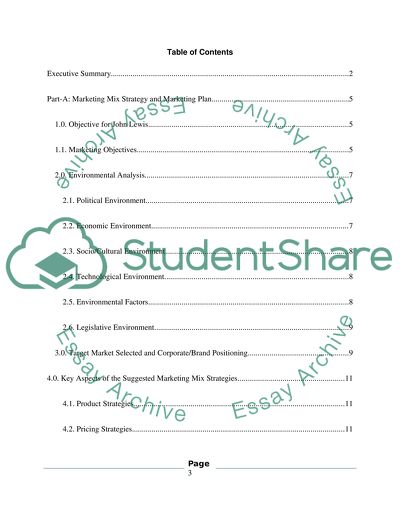Cite this document
(“Marketing Mix Strategy for John Lewis Essay Example | Topics and Well Written Essays - 4250 words”, n.d.)
Retrieved from https://studentshare.org/marketing/1411695-marketing-report-for-john-lewis
Retrieved from https://studentshare.org/marketing/1411695-marketing-report-for-john-lewis
(Marketing Mix Strategy for John Lewis Essay Example | Topics and Well Written Essays - 4250 Words)
https://studentshare.org/marketing/1411695-marketing-report-for-john-lewis.
https://studentshare.org/marketing/1411695-marketing-report-for-john-lewis.
“Marketing Mix Strategy for John Lewis Essay Example | Topics and Well Written Essays - 4250 Words”, n.d. https://studentshare.org/marketing/1411695-marketing-report-for-john-lewis.


